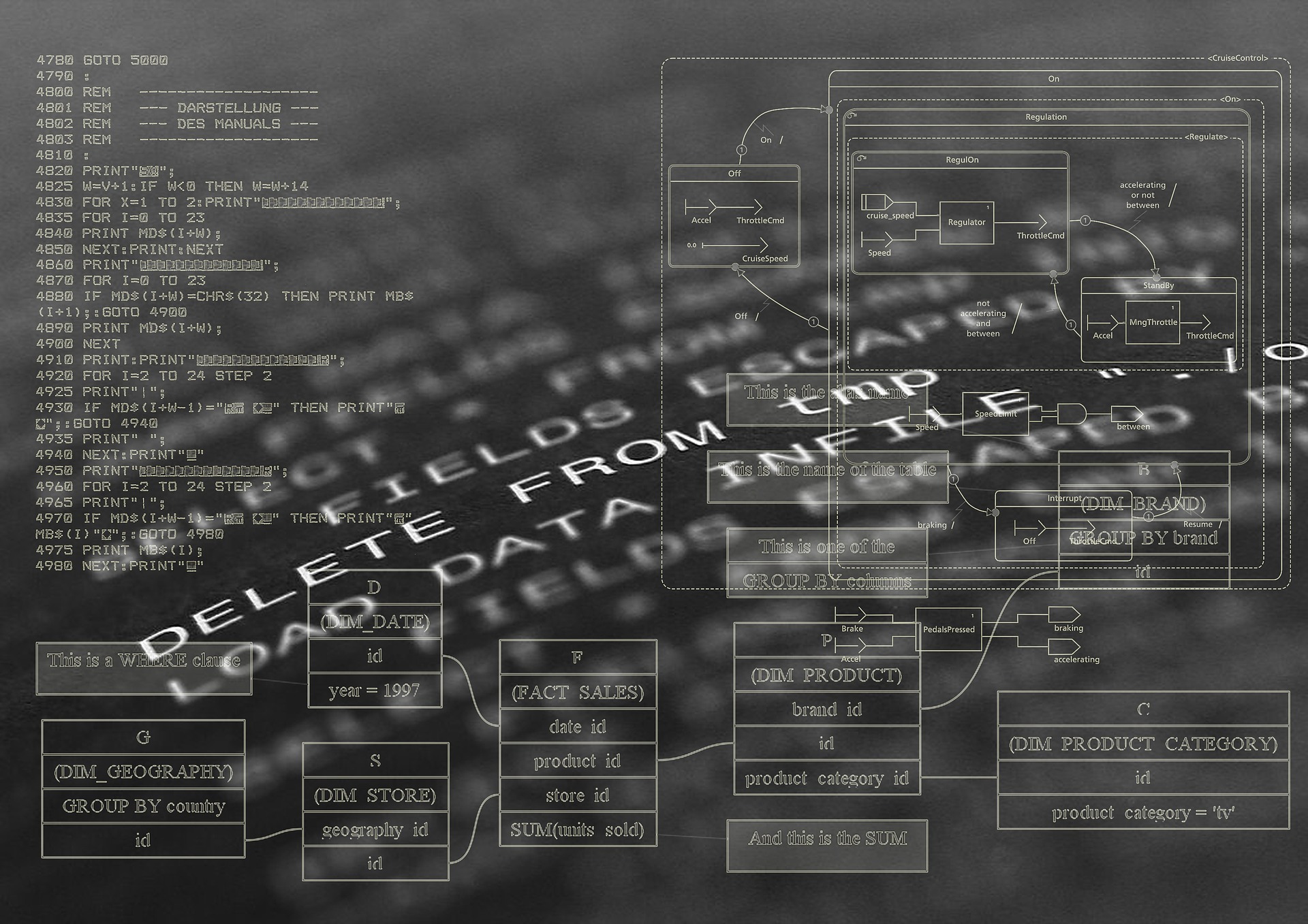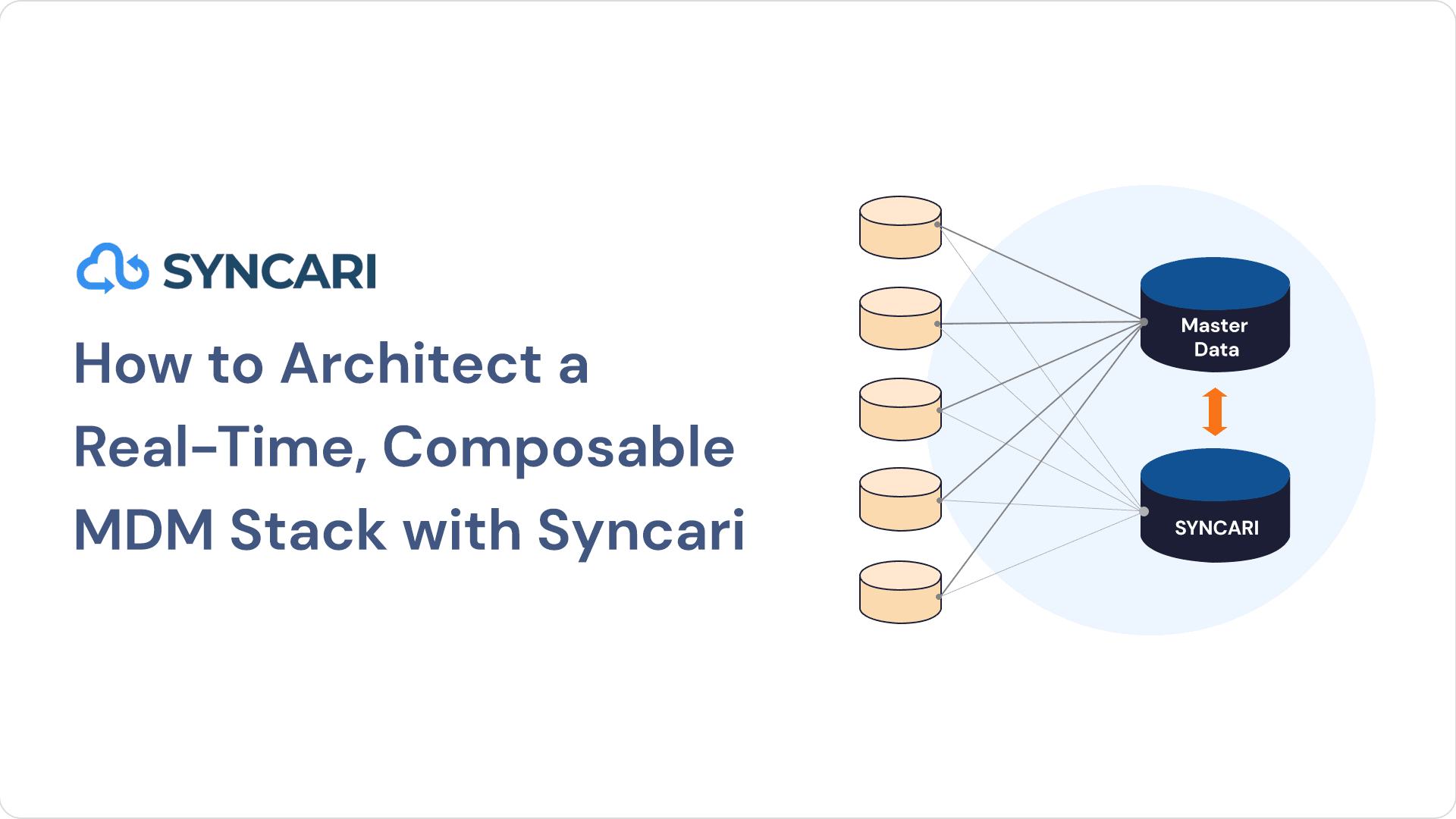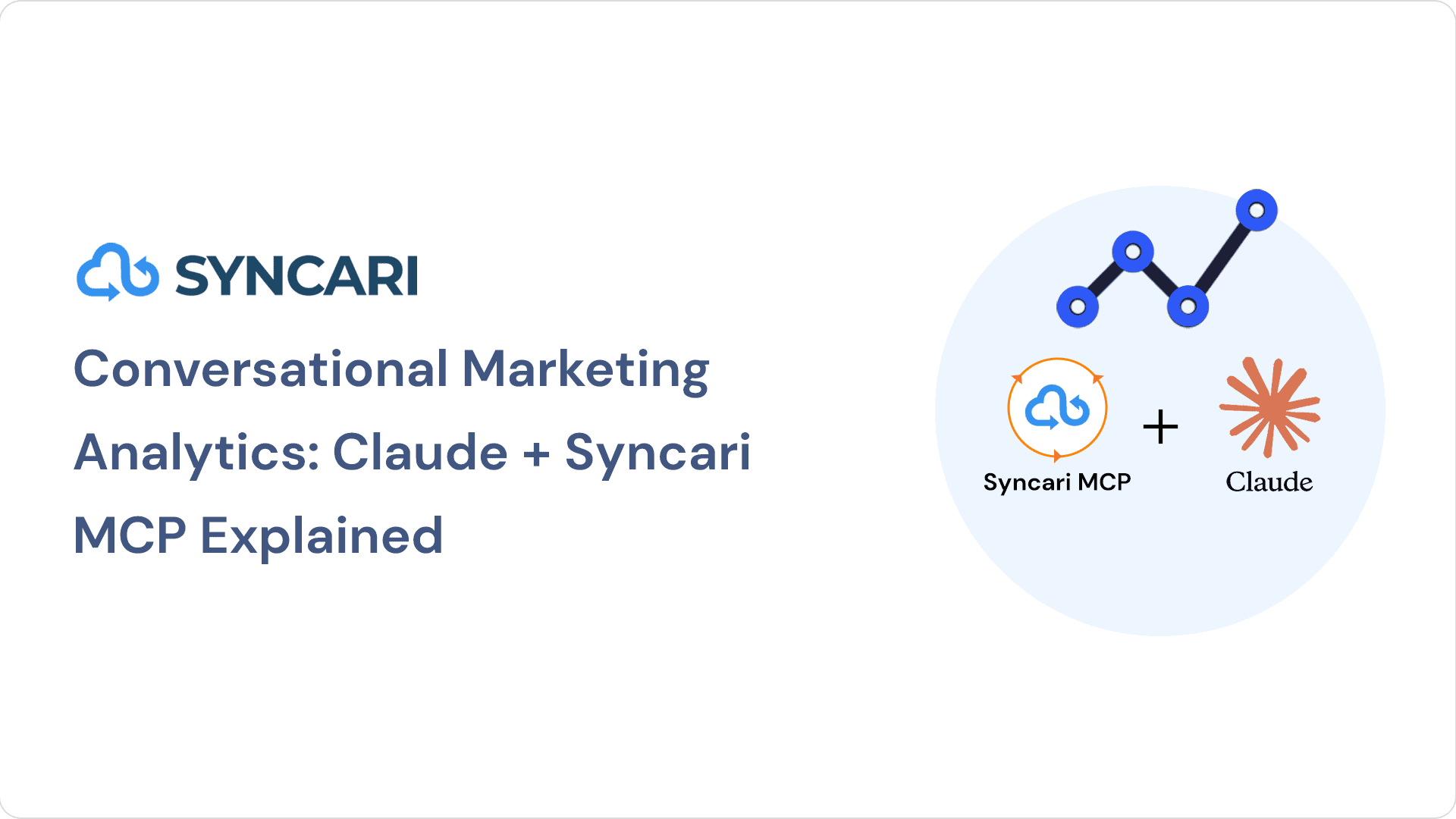With such a large amount of important data saved in our computers, making routine software backups is critical. This includes everything from our emails to Word and PDF documents, from revenue spreadsheets to user activity logs, and so much more.
But storing large amounts of duplicate data isn’t the answer.
Because most revenue operations teams work with and manage large amounts of contact and account data, and many tools capture data automatically, it’s not difficult to miss just how much has been resaved and recopied. This leads to data storage burdens.
Let’s explore the challenges of data replication, what deduplication is, how it works, how to select the best deduplication software, and some options to choose from.
Challenges of data replication
Here are the top challenges of having redundant copies of data in your software:
- Money. Having several copies of the same files in multiple locations eventually leads to higher storage costs, and as a result, higher processor costs.
- Time. Managing data duplicates is extremely time consuming. You usually need to create an internal team to dedicate time toward managing large amounts of data.
- Bandwidth. It’s important for data to be consistent across all copies, but ensuring consistency usually requires new procedures, which can add more network traffic.
However, the main problem with too many duplicate records in your CRM, marketing automation, or customer success tools is that resolving it requires lots of manual cleanup. This is required to fix duplicate errors and to prevent inaccurate records from jeopardizing your customers’ experience.
For example, let’s say two leads exist in Salesforce. They’re the same person, but that person has different emails. As a result, two sales reps contact the same person via those emails, or the marketing newsletter goes to that person twice. That person will likely mark your email as spam.
[Related: Salesforce deduplication and beyond: How to dedupe leads across your stack]
What is data deduplication?
So, what exactly is data deduplication? It’s simply the process of eliminating redundant data copies.
Anytime you back up your system, you’re essentially copying large data sets that simultaneously get stored in your system. Over time, these data copies take up a significantly large amount of storage, which leads to higher processor requirements.
Deduping data will optimize your storage capacity — as well as your RevOps operational efficiency — and ensure only one copy of data is stored.
Any business looking to grow should consider deduplication software to improve its overall efficiency when pulling data from a source. Your entire system will slow if you have multiple data copies coming from different places, which then hurts your scalability.
[Related: Defining data excellence with Eliya Elon (interview)]
How does deduplication work?
Data deduplication isn’t as complex as it sounds. You can use deduplication software to eliminate most (or even all) manual work.
Let’s say you work for HubSpot. Your team wants to dedupe data, such as its marketing contacts, before syncing it with Salesloft. HubSpot has deduplication features you can use before syncing.
But this isn’t necessary when using a RevOps automation platform such as Syncari. You can dedupe your data while it’s syncing rather than beforehand.
For example, you can use Syncari’s tool-pairing synapses, such as our HubSpot and Salesloft integration. This also goes for other integrations, such as Salesforce Salesloft synapse, and so much more.
Deduping data typically follows five phases in the following order. The deduplication process will remain idle until it’s been enabled to start processing your volume of data.
- Phase 1. Scan: Dvol 4 is enabled in an active state and scans your entire volume of data.
- Phase 2: Search. Dvol 5 is enabled in an active state and searches for duplicate data.
- Phase 3: Done. Dvol 6 is enabled in an active state. The deduping operation concludes and saves a percentage of the total SIS data.
- Phase 4: Verify. Dvol 7 is enabled in an active state. The deduping operation verifies metadata within processed data blocks and removes unused metadata.
- Phase 5: Merge. Dvol 8 is enabled in an active state. The deduping operation merges verified metadata from processed data blocks with an internal, SIS-supported formation and generates output files.
[Related: Limitations of data integration methods: ETL vs. ELT. vs. Reverse ETL]
How to select the best deduplication software
Depending on how your deduplication is performed, the best way to select, implement, and integrate data will vary. Here are some general principles to follow to select the right deduplication approach.
Step 1: Inspect your backup environment
Five factors determine the deduplication ratio that’s achievable for your RevOp:
- Type of data
- Change rate of data
- Amount of redundant data
- Type of backup (full, incremental, or differential) performed
- Retention length of backup data
The biggest challenge that businesses face is gathering this data efficiently. But there are data-gathering tools, such as Syncari’s, that help perform assessments.
Step 2: Establish how much your backup environment can change
Next, you’ll have to deploy backup software. Then, the software agents within the backup software will need to be installed on each server. You’ll then have to reboot the server once they’re installed.
Compared to using a data deduplication appliance, this approach will give you higher deduplication ratios (as well as faster backup times). But it’s more time consuming and will change your operating system’s backup environment.
Alternatively, data deduplication appliances won’t result in server changes. But your company will have to fine-tune its backup software accordingly, whether it be a virtual tape library or a file server.
Step 3: Purchase scalable storage
Companies usually end up with different numbers regarding what they plan to back up and what they ultimately back up.
Deduplication software is incredibly effective, so your company will likely dedupe more than it originally planned. You’ll want to ensure your deduplication software can effectively handle the capacity.
Additionally, you should ensure your software and hardware deduplication products will dedupe and replicate data on a global scale. This will help with refreshing your software technology and accessing deduplicated data from other offices (e.g., remote offices).
Step 4: Check integration levels between hardware appliances and backup software
The integration level between hardware appliances and backup software will determine how fast your backups and recoveries are. For example, hardware appliances deduplicate data more effectively from backup software that they recognize.
This helps you quickly back up and recover data on a short-term basis while saving you money in the long term.
Step 5: Perform your first backup
Your first backup using deduplication software will create substantial server overhead. It’ll also take much longer than future deduplication sessions because you’ll dedupe all your data, which likely contains far more duplicate data copies than you’ll have later.
Once your first backup is complete, you’ll only need to back up and deduplicate any changed data moving forward. However, using a hardware appliance during your first backup will give you faster backups early, but they’ll gradually slow over time. This ultimately depends on how scalable your appliance is, how much your data has grown or increased, and how much data has changed.
Six top deduplication software options
Here are our top six picks for deduplication software.
1. Syncari
Syncari is unique because it performs a multi-directional sync across as many systems as you connect. This could be Hubspot, Salesforce, Outreach, Zoho, Netsuite, or any other mixture of tools in your revenue stack.
The connectors in our library (we call them “Synapses”) do more than dedupe data. Once integrated, Syncari actively monitors and manages changes to data in all connected systems. So, once your data is deduplicated with Syncari, it stays deduplicated. This is a “stateful” sync operation, as opposed to stateless.
No other tool on the market provides this multi-directional, ongoing capability, which we’ve actually patented.
2. HubSpot’s deduplication feature
You can use HubSpot’s deduplication feature to keep your contacts database up to date and clean. This is a useful feature if you use HubSpot’s CRM to manage your contacts.
Your HubSpot contacts rely on a user token set with an email address or web browser cookie to be deduplicated. Using a unique object ID, you can deduplicate your HubSpot contacts, companies, tickets, and deals.
3. Ringlead
Ringlead is a platform that will integrate with your marketing automation platform and your CRM to help you achieve clean, deduplicated data in your system.
They also offer a preventative feature to stop “dirty data” at its source. Their perimeter protection sits at all data entry points into your CRM and MAP database.
4. Cloudingo
Whether you’re migrating data or deduping it to import into your database system, Cloudingo simplifies the process. You can better manage your customer data by clearing out what doesn’t need to be there as well as ensuring your files are accurate, not off.
Other features they offer to optimize your stored data include managing and maintaining, updating, finding and exporting, as well as syncing and integrating.
5. Openprise
Openprise is a RevOps automation platform with solutions spanning from sales, marketing, and data operations to funnel your workflow.
Its single data foundation solution allows you to unify your data so you can cleanse and dedupe it. Openprise also offers features pertaining to data enrichment, segmentation, integration, privacy, and compliance.
6. Zapier
Zapier is a software product that allows its users to integrate their web applications. This specifically helps in automating workflows.
Once your data is synced and integrated with Zapier, you can transform it to match your style needs. This also involves deduping and cleansing to ensure your operations are organized and simplified.
7. Dedupely
Dedupely is appealing because it automatically finds and merges duplicate data. This saves you time if you store large amounts of data across various systems within your go-to-market teams.
Using an automated deduplication process is beneficial if your business is on the current side or plans to scale operations significantly in the near future.
Contact Syncari for deduped data integrations
If you work for a revenue, sales, or marketing operation that serves GTM teams, you’re probably dealing regularly with large amounts of data. Investing in integration software to accurately dedupe data will simplify the process and benefit your operations.
Syncari’s software dedupes data accurately and promptly, which helps support your RevOps operational efficiency. If you’re ready to get started, contact Syncari today by calling (510) 358-3167 or requesting a demo.
Featured image via Pixabay



